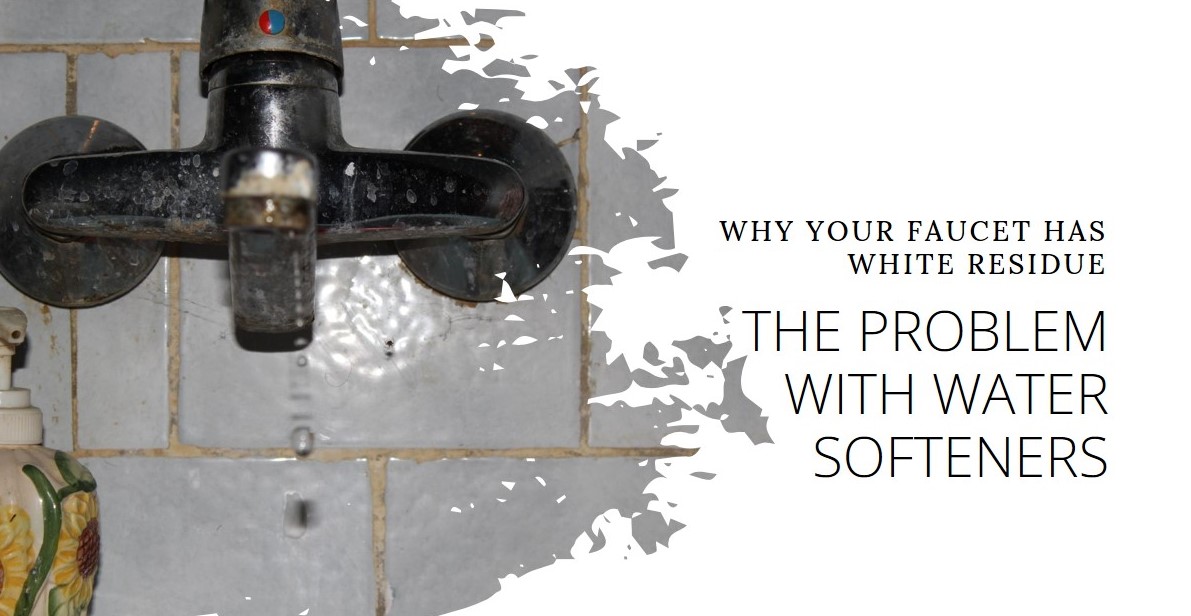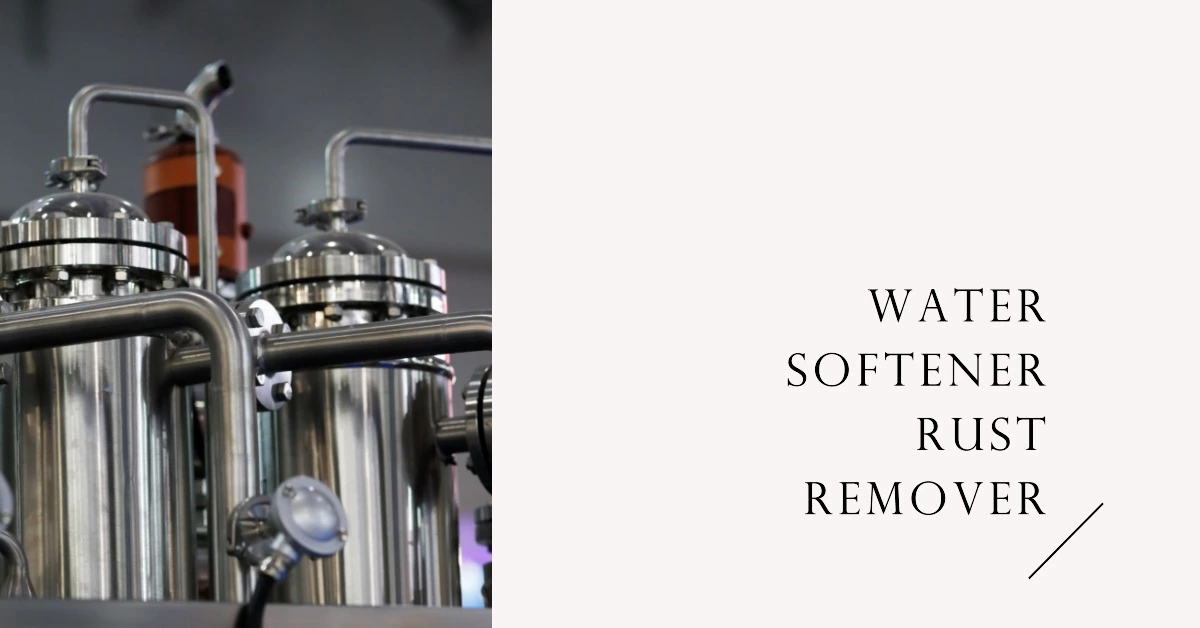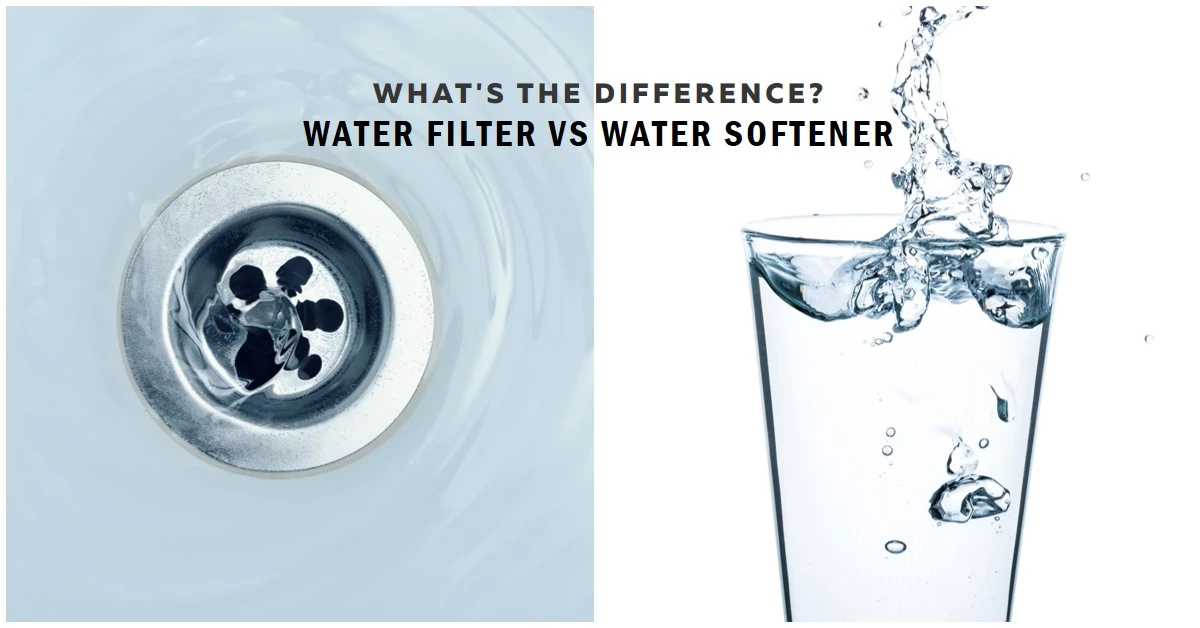If you’ve noticed a buildup of powdery white residue on surfaces around your home, your water softener is likely the culprit. Hard water contains dissolved minerals like calcium and magnesium that can leave behind white scale on everything the water touches. Water softeners use an ion exchange process to remove these hardness minerals and provide softer water for your home. However, softeners can sometimes create their own residue issues if not properly maintained.
In this comprehensive guide, we’ll cover the various causes of white residue from water softeners, tips to prevent it, and how to safely remove existing deposits. With a few adjustments and regular upkeep, you can enjoy the benefits of softened water without the annoying white film.
What Causes White Residue in Water Softeners?
White residue from your water softener can range from a fine powder to a thicker scale buildup depending on the underlying cause. Here are the most common reasons you may find white residue originating from your home’s water softening system:
Too Much Salt in the Softened Water
The number one cause of white residue from water softeners is too much sodium chloride salt in the softened water supply. Water softeners use a process called ion exchange to swap out the calcium and magnesium ions in hard water with sodium ions.
Table salt or sodium chloride is what’s added to the brine tank to provide these sodium ions. If you add too much salt, excess sodium can carry over into the household water. This leaves a white salty residue on surfaces as the water evaporates.
Using the Wrong Type of Salt
Not all salt is created equal when it comes to water softeners. Rock salt, solar salt, and evaporated salt all have different levels of purity.
Rock salt often has high levels of insoluble impurities that can contribute to scale buildup problems. Solar salt and evaporated salt are more purified options that will help minimize residue.
Salt Mushing or Bridging in the Brine Tank
For the ion exchange process to work properly, salt added to the brine tank needs to fully dissolve into the water to create a saturated salt solution, or brine.
Sometimes a hard crusty “salt bridge” forms over the salt pile or the salt gets compacted into a mushy mass. Both these issues prevent the salt from dissolving fully, which can lead to white residue.
Lack of Proper Maintenance
Over time, dirt, silt, and sediment can accumulate in a water softener if it’s not maintained properly. The resin bed that traps hardness minerals needs to be periodically flushed clean.
Lack of cleaning allows contaminants to build up and end up leaving white residue on fixtures, dishes, and clothing.
High Total Dissolved Solids in Untreated Water
If the incoming water supply has a high level of total dissolved solids (TDS), the water softener may not be able to keep up. TDS is a measure of all the minerals, salts, metals, and other substances dissolved in water.
High TDS water tends to leave more white scale behind even after being run through the softener. Testing your water’s TDS level can identify if this is an issue.
Incorrect Softener Settings
Water softeners have adjustable settings based on the hardness of your water supply and the water usage in your home. If the softener regenerates too infrequently or uses the wrong salt dose, scale can form.
Consult your manual to make sure your softener is programmed appropriately for your household’s unique conditions.
Damaged Resin Bed or Control Valve
At the heart of every water softener is the resin bed that exchanges hardness minerals for sodium ions. Over many years, this resin can become fouled, exhausted, or even cracked.
Issues with the control valve or brine draw can also allow untreated hard water to mix into the softened supply, leaving white scale behind.
Clogged Filters Restricting Flow
Most water softeners have several filters that need to be periodically replaced. As these filters get clogged with sediment, it restricts water flow through the softener.
Lower pressure and volume can decrease the efficiency of the ion exchange process and lead to buildup of white residue.
Improper Installation
If a water softener is installed improperly, with misaligned pipes or a reversed bypass valve, hard water can sneak into the softened system.
Incorrect installation almost always results in scale buildup on fixtures. Hiring a professional for installation is highly recommended.
How Can I Prevent White Residue From My Water Softener?
To keep your water softener running optimally without creating white residue, follow these tips:
Use the Recommended Amount and Type of Salt
Consult your owner’s manual to determine how much salt is needed based on your household size and water hardness level. In most cases, you’ll use less salt than you think. Avoid overfilling the brine tank.
Stick to high purity solar salt or evaporated salt, not rock salt. This contains far fewer impurities that can contribute to scale buildup.
Perform Regular Maintenance
Monitoring salt levels, periodically cleaning the brine tank, flushing the resin bed, and replacing filters are all key to preventing issues like white residue.
Follow the manufacturer’s instructions for maintenance specific to your model. Mark the tasks on your calendar annually or biannually so they don’t slip your mind.
Install a Whole House Water Filtration System
While a water softener reduces hardness minerals, additional filtration can lower levels of total dissolved solids that contribute to residue.
Whole house systems that use sediment filters, carbon filters, and sometimes reverse osmosis provide cleaner water for your softener and household.
Change Filters Per Manufacturer Instructions
The resin bed filter, brine tank filter, and any pre-filters on your softener should be replaced as directed.
Changing these on schedule prevents them from clogging and restricting water flow through the softener.
Have a Professional Inspect and Service Annually
Most manufacturers recommend having a qualified technician perform an annual service of your water softener.
They can clean it, check for problems, test water, and make any adjustments to keep your unit running optimally.
Use a Water Test Kit to Monitor TDS Level
Using an at-home test kit periodically to check the total dissolved solids level in your water can reveal if high TDS is an issue.
If levels are over 500 ppm, additional filtration may be beneficial to reduce potential residue.
What is the Best Way to Remove Existing White Residue?
If you are already dealing with white residue around your home, here are some effective removal methods:
Clean with White Vinegar or Citric Acid Solutions
To safely dissolve and scrub away existing white scale, use a 50/50 mix of white vinegar and water. Pure citric acid powder mixed with water works as well.
Soak residue, let sit 15 minutes, then wipe clean with a soft cloth. Rinse thoroughly.
Use a Commercial Salt-Free Scale Remover
Look for a sequestrant or chelating agent formula made to dissolve water softener scale and residue without additional salts.
Apply as directed, let sit, then rinse away to return surfaces to a clean, scale-free state.
Scrub With a Baking Soda Paste
For heavier white scale buildup, make a paste of baking soda and water. Gently scrub residue with a soft brush or sponge.
Rinse thoroughly afterwards and wipe dry with a clean cloth.
Replace Shower Heads and Faucet Aerators Frequently
Since these fixtures have tiny openings where scale buildup occurs, replacing them twice a year keeps residue at bay.
Use a water softener safe scale remover prior to replacing to dissolve any existing deposits.
Hire a Plumber to Deep Clean Affected Plumbing
For residue that has built up on pipes, valves, and water heater elements, professional cleaning may be required.
They can mechanically scrub away scale and then flush the system thoroughly afterwards.
When Should I Call a Professional for My Water Softener?
While some maintenance tasks can be handled by the owner, you should call in a water treatment professional under these circumstances:
Signs Your Softener Needs Repair
If you notice decreasing efficiency, increased noise, error codes, or other abnormal signs, repairs may be needed. Qualified technicians have specialized knowledge to get your softener working properly again.
Benefits of Professional Maintenance
Annual professional cleanings catch small problems before they turn into big headaches. They can optimize settings and perform deep cleanings you can’t easily do at home.
Preventing Damage from Issues
Catching problems early by having a well-trained technician inspect your system can prevent more serious damage from occurring. It provides valuable peace of mind.
Complex Repairs and Parts Replacement
From control valve replacements to resin bed maintenance, certain repairs should be left the professionals. Most manufacturers recommend only using a certified service technician for this type of work.
What Are the Alternatives to Traditional Salt-Based Softeners?
While standard ion exchange softeners are the most common, other options exist that don’t require salt and won’t leave white residue behind:
Salt-Free Magnetic or Catalytic Water Conditioners
These devices use magnets or catalytic media to alter the structure of minerals to prevent limescale buildup without removing them entirely.
Reverse Osmosis and Distillation Systems
These filtration methods can effectively remove both hardness minerals and TDS from water without salt before it reaches your plumbing system.
Polyphosphate Anti-Scale Systems
Polyphosphates prevent minerals from bonding together to form hard scale. No softening or removal of ions occurs.
Template Assisted Crystallization (TAC) Media Filters
These contain a specialized ion exchange media that traps hardness mineral ions in stable crystalline structures so they don’t form hard scale.
When choosing any system, consider your water chemistry, household size, usage, and maintenance requirements. Your needs will determine which option is best for your home.
Frequently Asked Questions About Water Softener Residue
Still have questions about what’s causing white residue in your water softener and how to fix it? Here are answers to some commonly asked questions:
Why Is There Salt Residue Inside My Water Softener?
How Can I Remove White Film on Glass Shower Doors?
What Causes White Powder on My Faucets?
How Do I Clean White Residue Off Kitchen and Bathroom Sinks?
Why Does My Water Softener Leave a Salty Taste?
The Importance of Preventing and Removing White Residue
It’s understandable to be frustrated with white residue ruining the surfaces in your home. Hard water stains on dishes, soap scum buildup, and scale clogging pipes can happen when water isn’t properly softened.
The good news is that with a few easy maintenance steps and careful monitoring of your system, you can avoid most white residue issues. Periodically removing any existing buildup before it becomes too thick and stubborn will also keep your plumbing and fixtures looking great.
Take time now to inspect your water softener, starting with the basic stuff like salt levels and types. Regularly maintaining it per manufacturer directions prevents most problems. Hard water doesn’t have to mean hard work cleaning residue out of your home.





